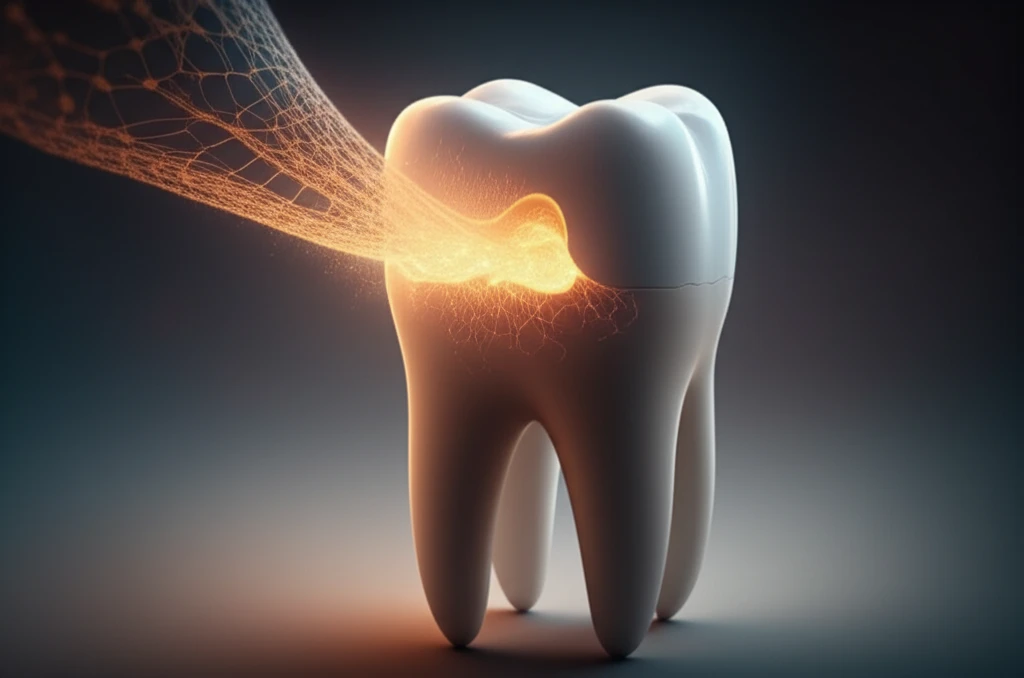
PRF in Dentistry: The Ultimate Guide to Platelet Rich Fibrin
"Discover the regenerative power of Platelet Rich Fibrin (PRF) in dentistry and how it's revolutionizing treatments for better healing and natural tissue regeneration."
In modern dentistry, the goal of any invasive procedure extends beyond merely addressing the immediate issue. It's about fostering complete healing and robust regeneration of affected tissues. To achieve this, dental medicine has embraced biological products, with platelet concentrates at the forefront of innovative treatments. Among these, Platelet Rich Fibrin (PRF) stands out as a second-generation concentrate poised to revolutionize dental practices.
Platelet concentrates, enriched with a higher concentration of platelets, have been integral to medicine since the 1990s. Initially, Platelet Rich Plasma (PRP) was the first-generation choice, but PRF has since emerged as a superior option. Developed by Choukroun, PRF can be utilized independently or as an enhancement to grafts, effectively delivering high doses of growth factors while reducing inflammation.
This guide explores how PRF is transforming various dental treatments, from implant procedures and sinus lifts to endodontic and periodontal therapies. By harnessing the body's natural healing mechanisms, PRF not only accelerates recovery but also minimizes patient discomfort, marking a significant leap forward in dental care.
Why is PRF a Game-Changer in Dental Treatments?

Platelet Rich Fibrin (PRF) represents a significant advancement in dental regenerative medicine. Unlike traditional methods, PRF leverages the body's own healing capabilities to enhance tissue repair and regeneration. This approach results in more natural and effective outcomes, making it an appealing option for various dental procedures.
- Enhanced Healing: PRF accelerates the natural healing process, reducing recovery times after dental procedures.
- Reduced Inflammation: The anti-inflammatory properties of PRF help minimize swelling and discomfort post-treatment.
- Improved Tissue Regeneration: By promoting cell growth and tissue repair, PRF aids in the regeneration of bone and soft tissues.
- Lower Risk of Complications: As an autologous material (derived from the patient’s own body), PRF minimizes the risk of allergic reactions or infections.
- Versatile Applications: PRF can be used in a wide range of dental procedures, enhancing the success and longevity of treatments.
PRF: A Promising Future for Dental Regeneration
Platelet Rich Fibrin is transforming dental treatments, offering a blend of enhanced healing, reduced discomfort, and improved tissue regeneration. PRF's ability to harness the body's natural healing processes positions it as a cornerstone in modern dentistry, promising better outcomes and patient experiences. As research continues, PRF is poised to revolutionize dental care.
